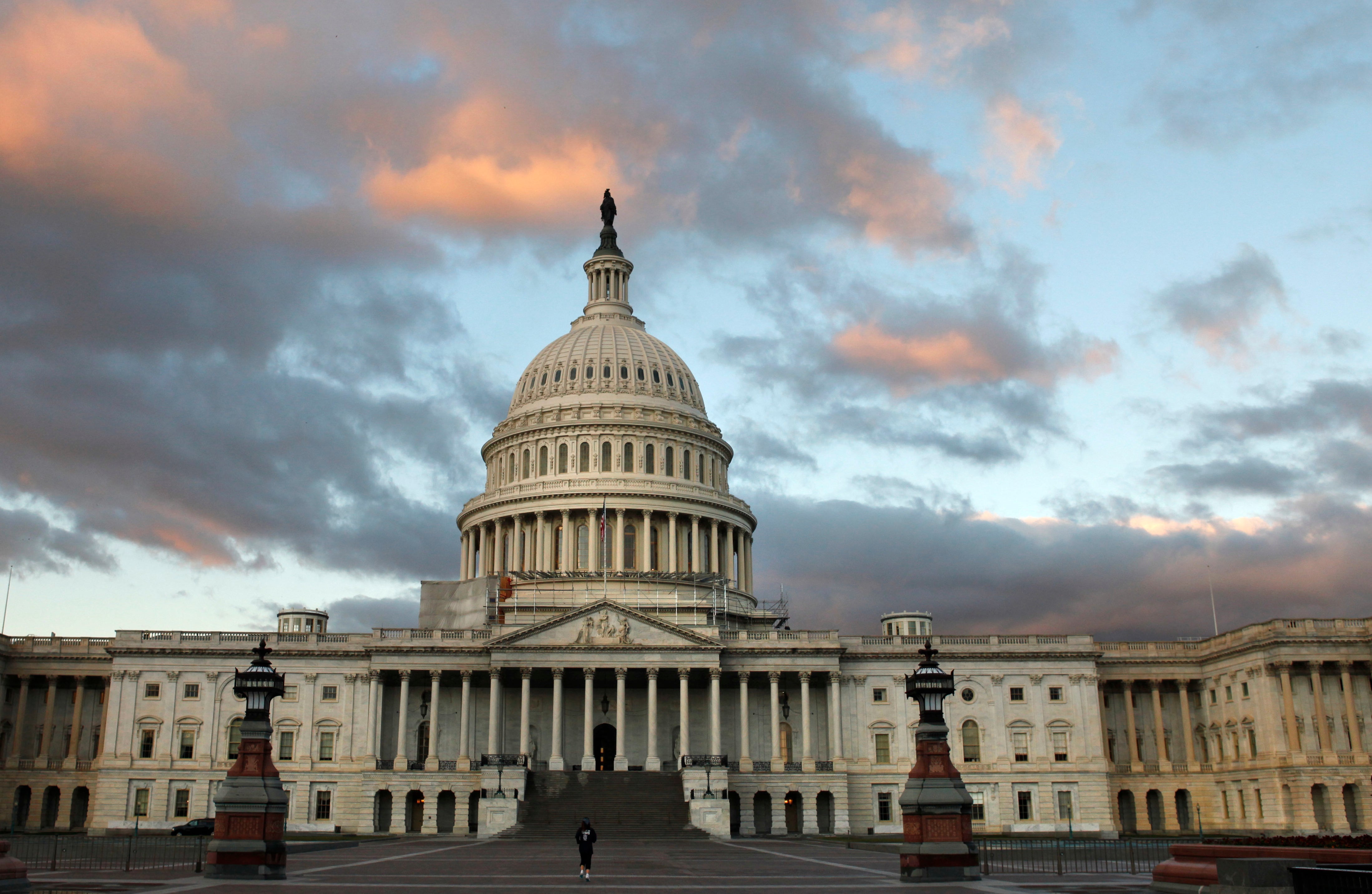For the first time since a recession gripped the country in 2008, Maryland is approaching a General Assembly session with good fiscal news: Neither tax increases nor drastic budget cuts are likely to be needed to balance the budget.
The improved forecast is driven by higher-than-expected revenues, led by corporate and individual income tax payments. For the current budget year and the one that begins July 1, the state is expected to take in $161 million more than anticipated.
"It's been a long time since we've had such good news," state Budget Secretary T. Eloise Foster said after the Board of Revenue Estimates adopted the forecast Thursday. "I'm always happy when we are writing revenues up."
State Treasurer Nancy K. Kopp added: "We are making significant progress. Maryland is going to see a brighter day, and we are ahead of the rest of the nation."
There is a significant caveat: The ink would turn red if the federal government goes over the so-called fiscal cliff, automatically triggering a combination of spending cuts and tax increases if Congress cannot reach a budget deal by the end of December.
Maryland would stand to lose more than 60,000 jobs and nearly $1 billion in tax revenue, analysts say, leaving the state with a significant budget shortfall that would have to be resolved during the 90-day legislative session that begins Jan. 9.
"These estimates assume that our political parties can come together to solve our nation's economic challenges," said state Comptroller Peter Franchot, a Democrat who once worked for a Washington lobbying firm. "Given the consequences, it's a reasonable assumption. But as someone who spent years on Capitol Hill, reason and logic might not be applicable."
Shortly after the board released its revenue forecast, a legislative committee that sets limits for government spending recommended that Gov. Martin O'Malley submit a budget that would narrow the remaining $383 million gap between long-term spending projections and expected revenue -- known as the "structural deficit" -- by at least $200 million.
That would bring the gap, which stood at about $2 billion just three years ago, under $200 million, thanks to a combination of cuts in expected spending growth and tax increases adopted over the past two years. The projected gap is small enough -- in a state budget of more than $35 billion -- that it likely could be closed without further tax increases or spending cuts on the scale of those made in recent years.
Taxes might not be entirely off the table, however. Revenue for transportation, which for the most part is financed separately from the state's operating budget, has been lagging far behind what experts say is needed. Taxes on gasoline -- or other revenue producers for roads and transit -- could become part of O'Malley's agenda.
The indicators for the general fund, which finances most other state programs, are looking healthier than they have since O'Malley took office in January 2007.
State analysts believe tax revenue in 2013 will be higher than thought even a few months ago -- a rare uptick after years of gloomy news. The increase is driven by an expected 38 percent rise in revenue from corporate income taxes amid improved earnings.
Meanwhile, personal income tax payments are expected to be up by 8 percent this year and 3.7 percent next year -- with the strong 2013 numbers driven by an expectation that many wealthy Marylanders will reap capital gains by selling off investments to avert higher taxes in case Congress does not reach a budget deal by the fiscal cliff deadline.
The Maryland Constitution requires that the state budget be in balance, and each year the General Assembly has reached that goal by the end of the session.
But each year since 2007, as the weather turned cold and the session drew near, state fiscal analysts have been offering grim predictions. In December 2010, with the state's economy battered by the recession, they warned lawmakers that the structural deficit was nearing $2 billion.
Lawmakers had hoped to eliminate the gap entirely in next year's budget, but the Spending Affordability Committee voted Thursday to keep open the option of taking an extra year to do so.
Del. John Bohanan, House co-chair of the panel, defended the decision. He said that by doing so, the legislature could fulfill its goals of fully funding such long-standing programs as aid to community colleges and private universities.
Bohanan, a Southern Maryland Democrat, said the recommendation calls for the governor to come within 1 percent of full elimination of the long-term deficit. With the right combination of legislative cuts and good revenue news, the structural gap could be closed in the coming year, he said.
"Essentially, we're saying we've eliminated it for all intents and purposes," Bohanan said.
House Minority Leader Anthony J. O'Donnell tried to amend the spending affordability goal to require elimination of the entire $383 million gap now. He was voted down, 17-3, joined by two other Republicans.
As he left, the Calvert County Republican expressed dissatisfaction with the outcome. "I still think we're spending too much money," he said.
But Senate President Thomas V. Mike Miller called it "a bit of a miracle" that O'Malley and the legislature will have been able to narrow a $2 billion gap to less than $200 million.
"I just want to congratulate the state of Maryland for coming together and working harmoniously," he said.
Miller, a Calvert County Democrat known for his long memory, complimented O'Malley -- who has generally abided by the legislature's fiscal guidelines -- while taking a dig at governors past.
"We thank the governor for staying within spending affordability limits. There's governors, Republican and Democrat, that have not done that," Miller said.
michael.dresser@baltsun.com
annie.linskey@baltsun.com ___
(c)2012 The Baltimore Sun
Visit The Baltimore Sun at www.baltimoresun.com
Distributed by MCT Information Services
